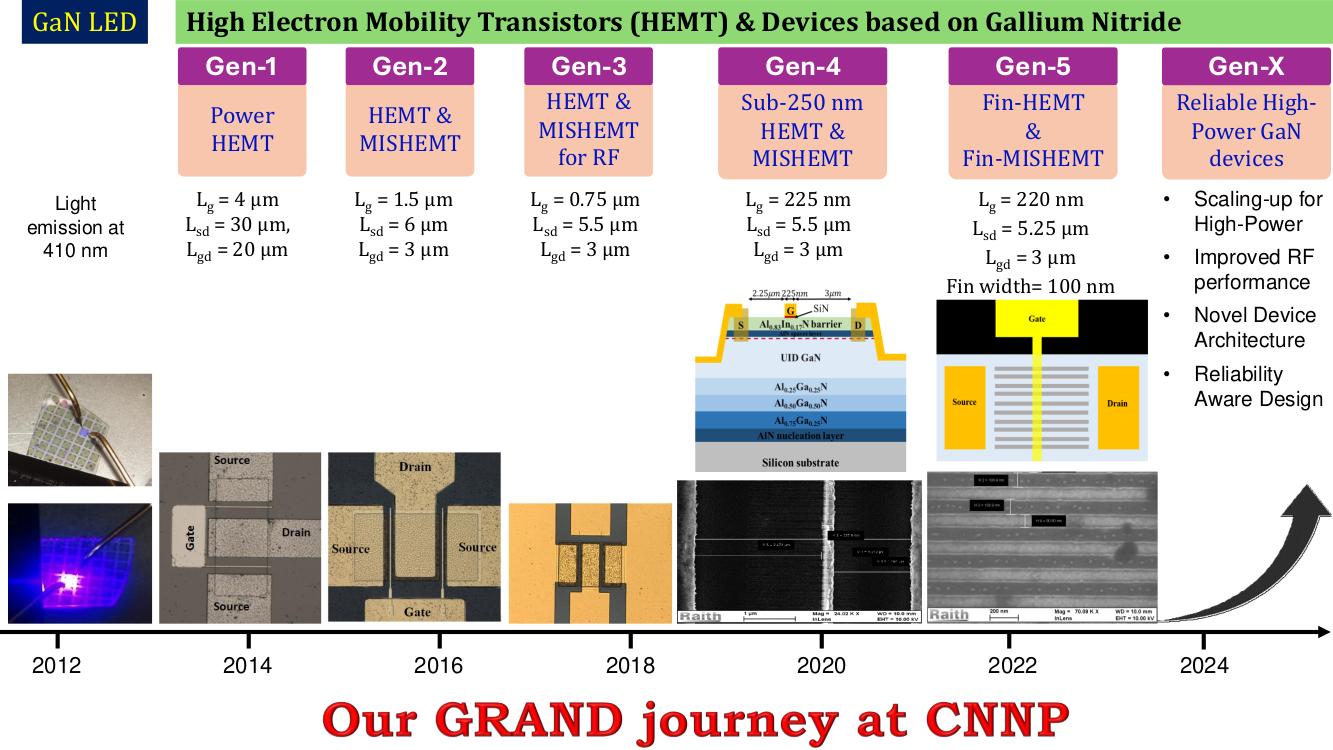
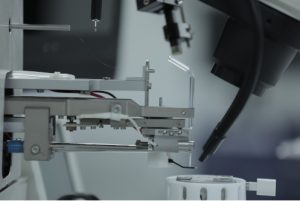
Will be updated soon
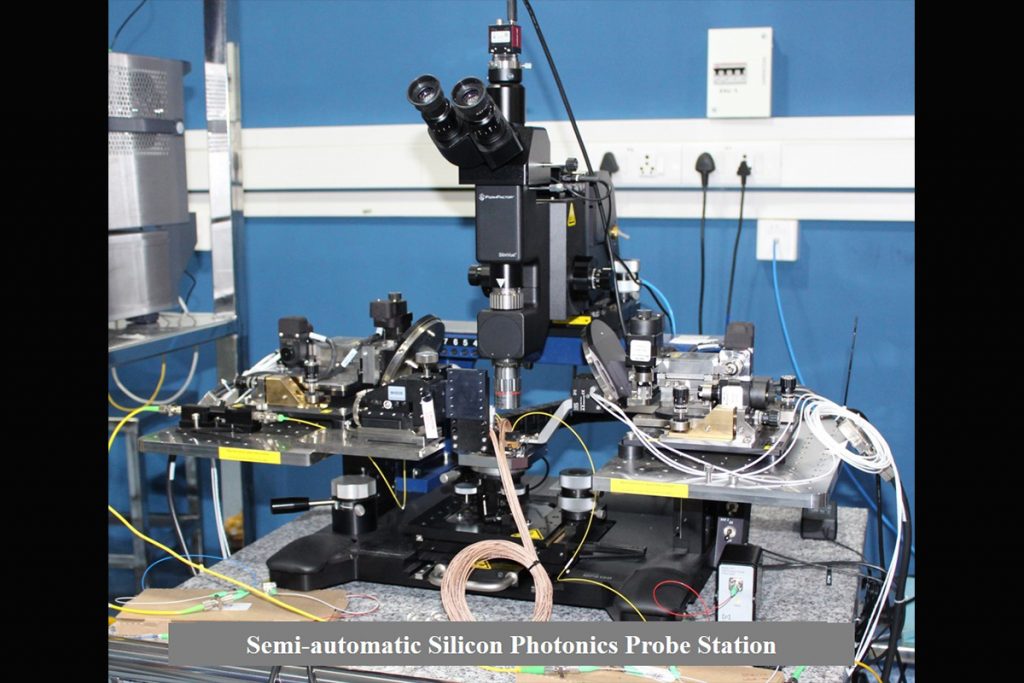
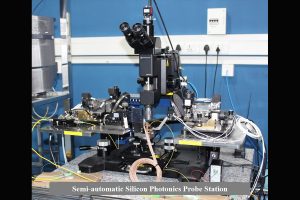
Silicon Photonics: https://cppics.iitm.ac.in/
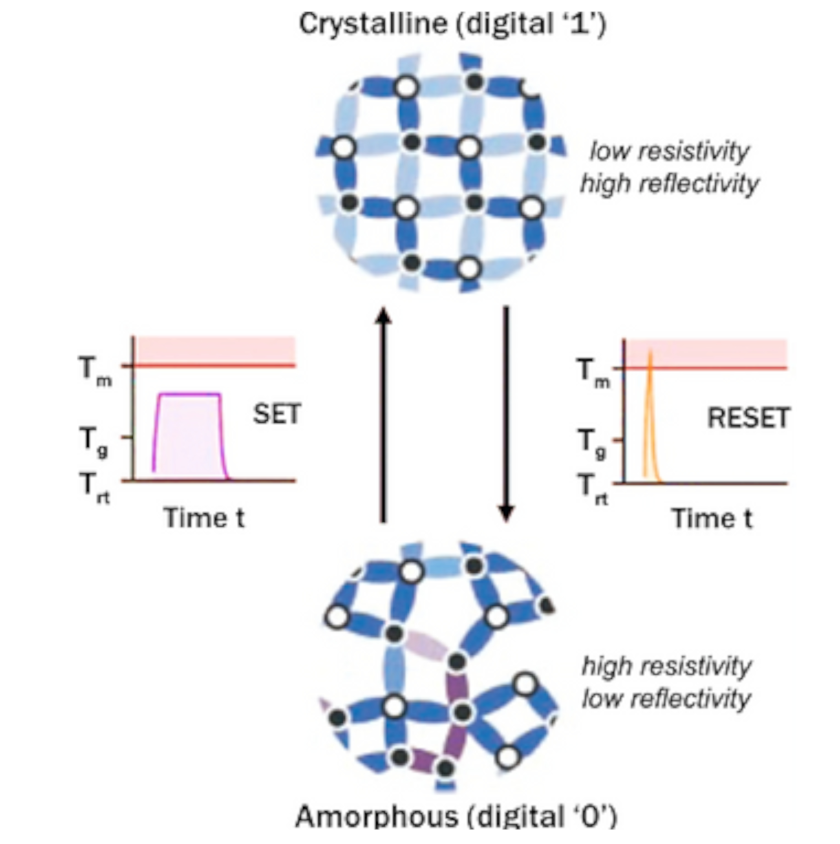
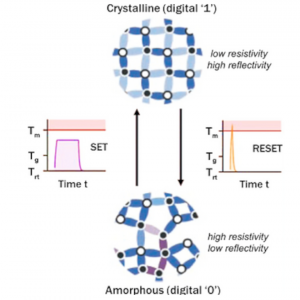
Memory and Logic Devices: https://anbuchalcogen.wixsite.com/anbarasu
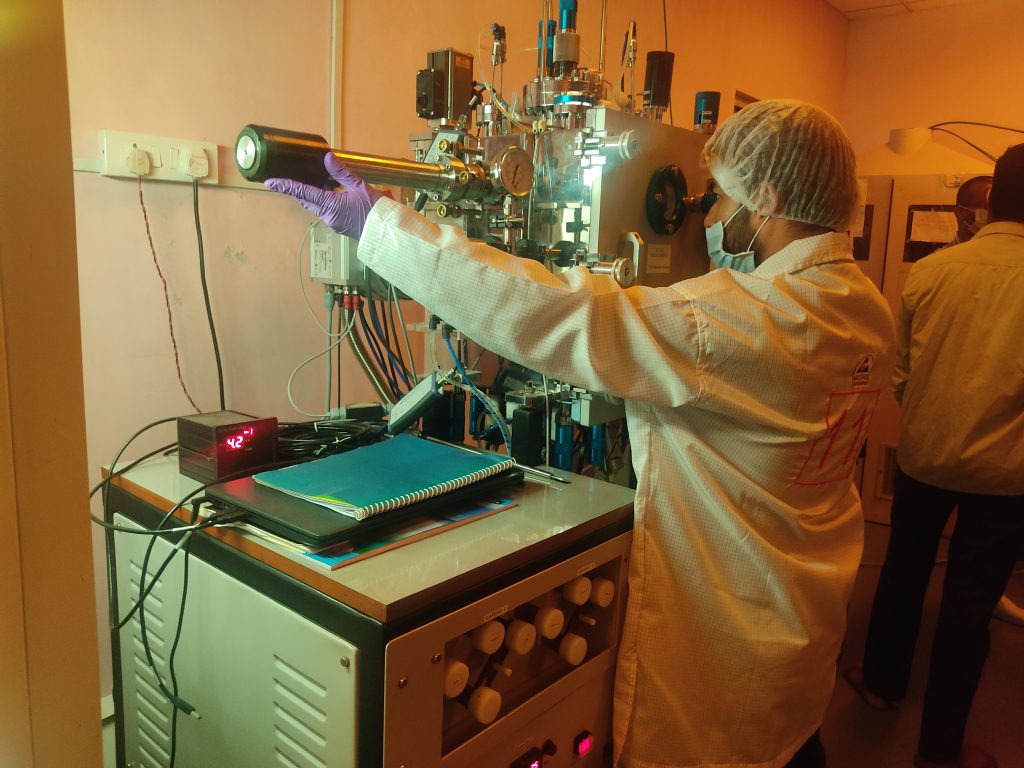
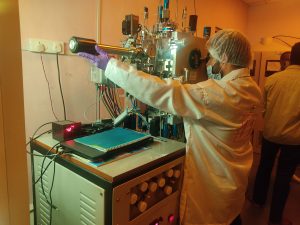
The AMOLED Research Center (ARC) aims in developing next generation AMOLED displays for smartphones, tablets, watches and wearables. The center is a National Center of Excellence and is funded by MeitY, DRDO, and Tata Sons. The center has researchers from various fields working on developing the displays. The center consists of a state-of-the-art cleanroom which houses fabrication and characterization equipment. The center started functioning from April 2021.
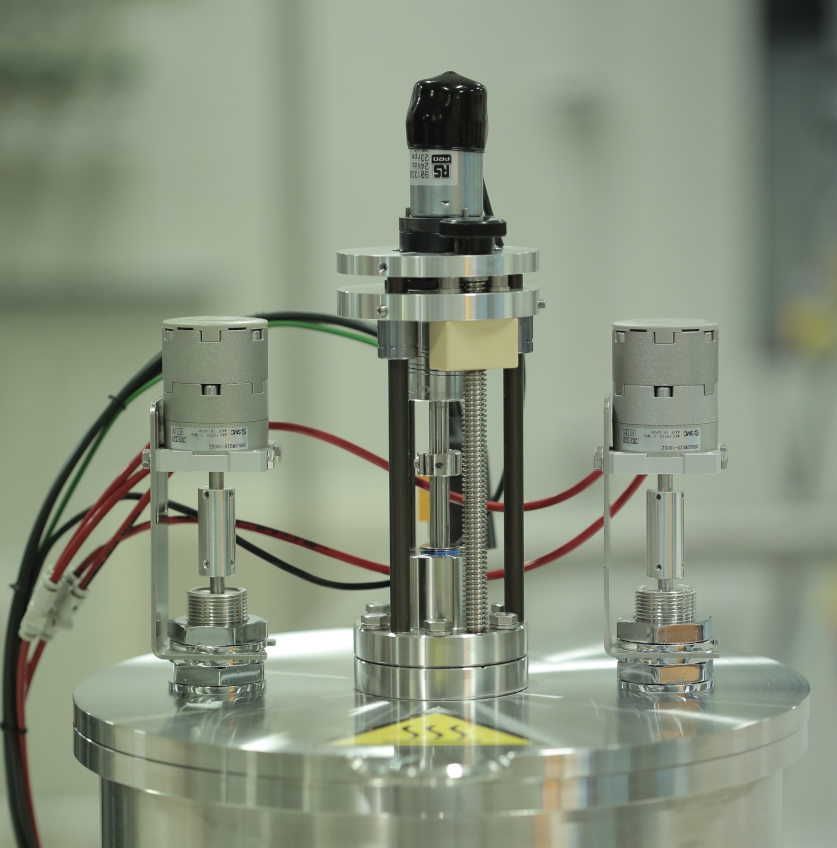
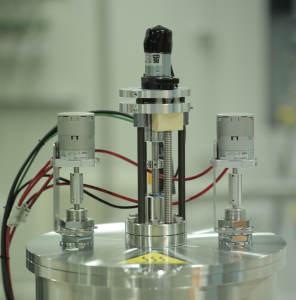
RF and Optical MEMS URL: https://www.ee.iitm.ac.in/AppliedOptics/
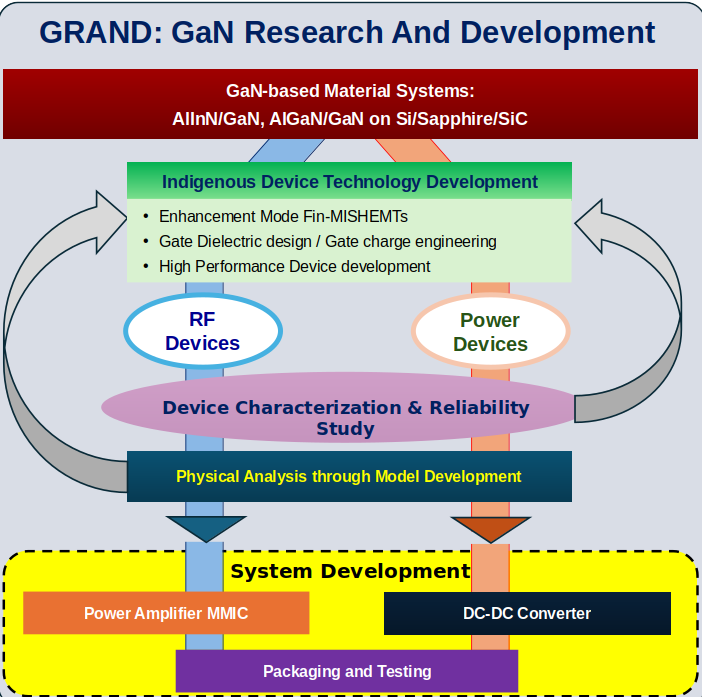

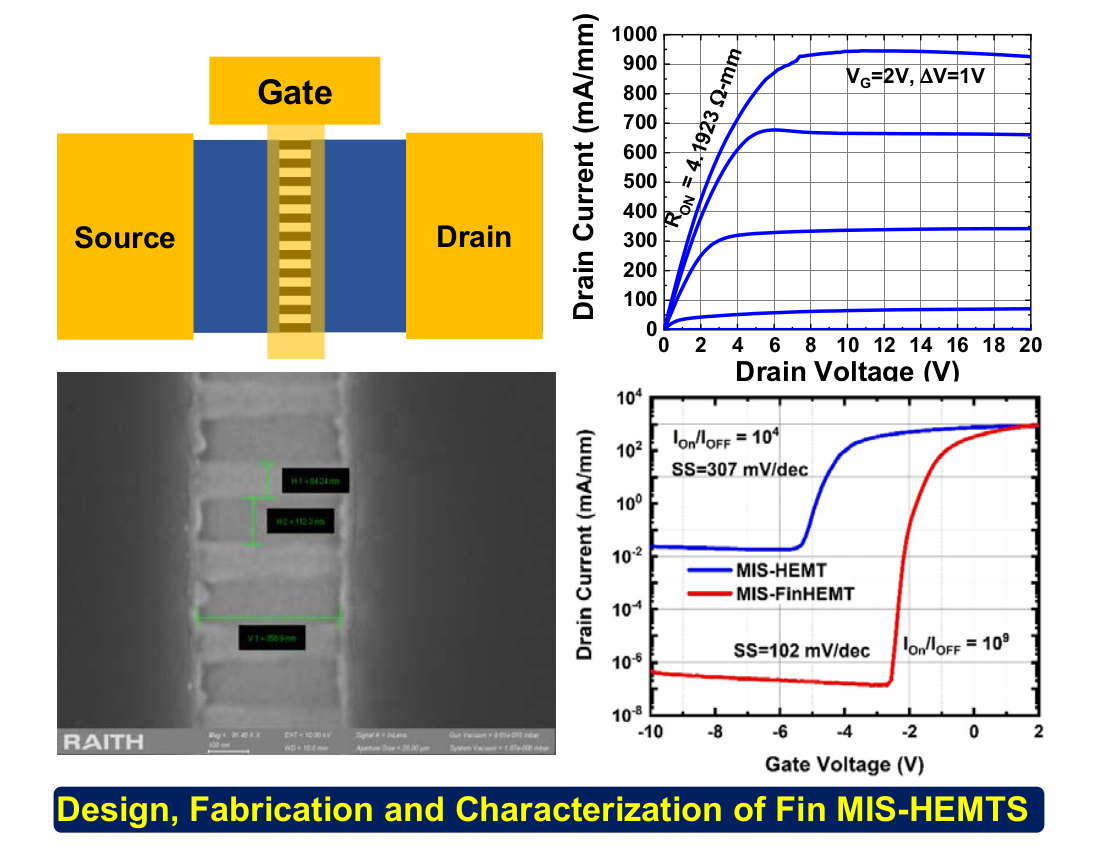
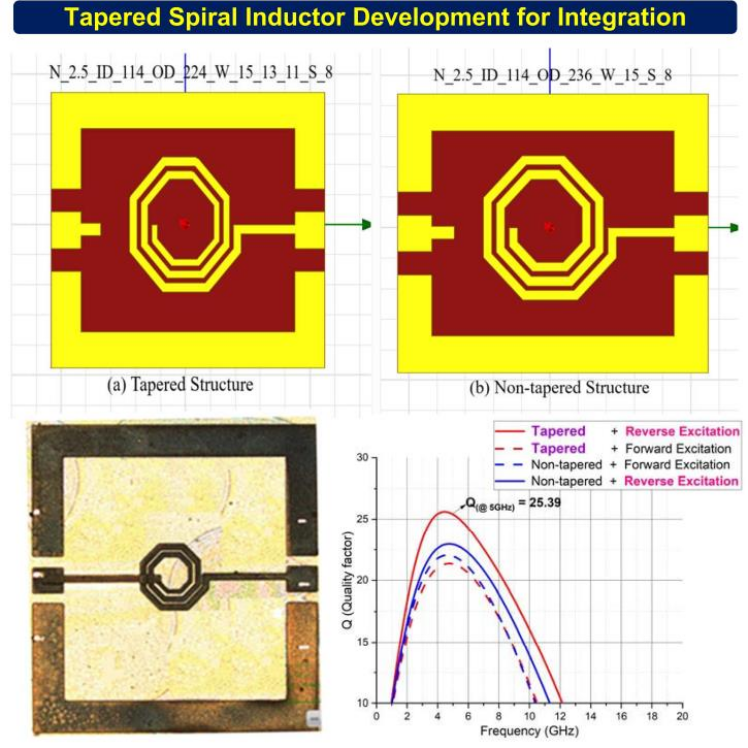
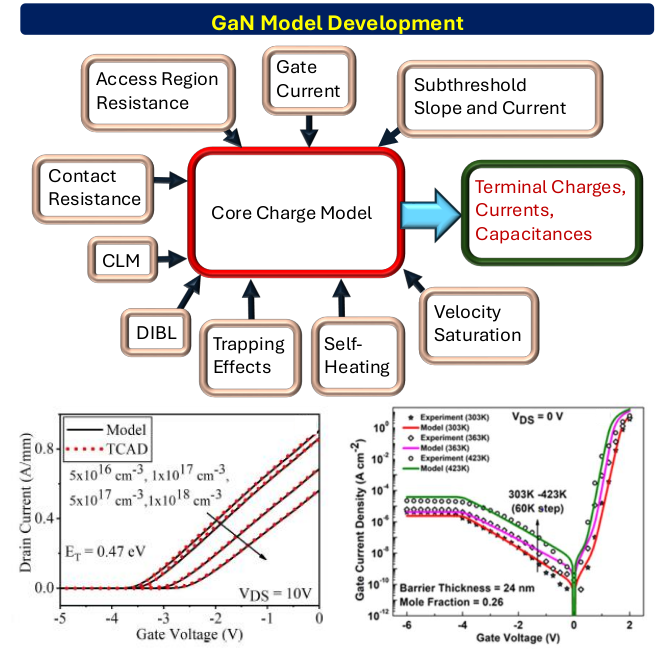
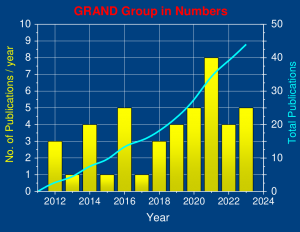
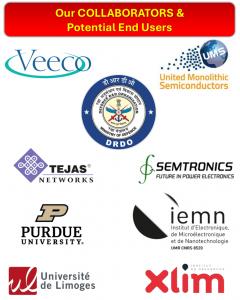
Our 10 year VISION
